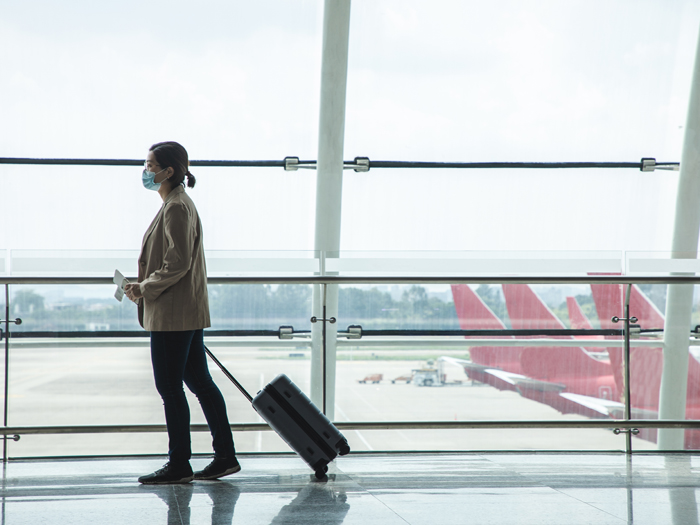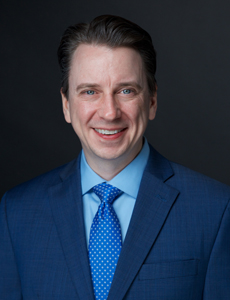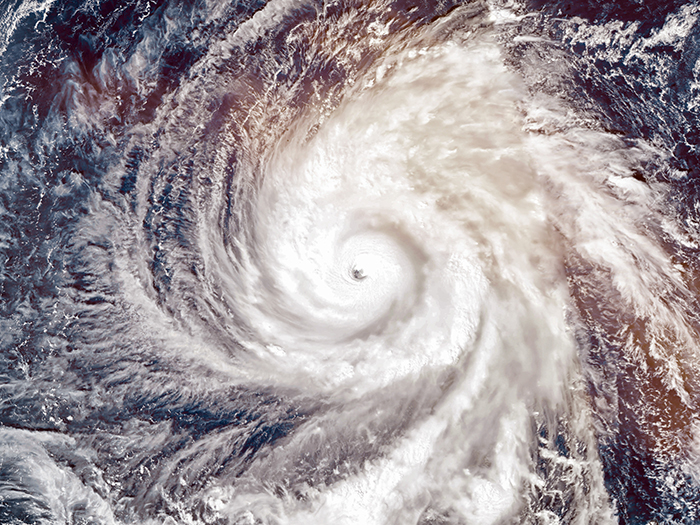How Accident and Health Insurance Is Helping Employers Navigate an Evolving Travel Insurance Landscape

As the head of an emerging entrant in the accident and health insurance landscape, Allied World’s James Walloga stands at a crossroad, keeping a close eye on a rapidly evolving workforce, the challenges they face, and the protection the accident and health industry can provide.
“I think when we look at the timeline of the last 100 years, this will definitely be a watershed moment where new norms were created, whether it is how corporations interact with their employees, how a government connects with its citizens, and how we interact in our interpersonal relationships,” Walloga said.
Walloga, who was appointed head of Allied World’s North American Accident and Health business in November 2021, sees significant opportunity ahead in his specialty, even in the midst of a pandemic and other challenges that lie before many businesses.
“The reason why I’ve enjoyed getting up in the morning and going to work for the last 25 years is that our industry always seems to meet the challenges posed by people changing what they do on a daily basis and the risks they face as a result,” Walloga said.
There is much for Walloga to consider. For starters, there is an increased need for travel medical solutions in a world where a traveler’s risk is heightened, and an employer’s response is essential.
Expanding Needs Opening the Doors of Opportunity
Travel accident insurance has been a core product in the accident and health market for a long time. But employees who travel are now asking their employers more detailed questions about the types of coverage the company provides them as international travel risks expand.

James Walloga, head of accident and health, North America, Allied World
“Historically, the duty of care for employee travel had a European orientation, but it has certainly found its way into the U.S. marketplace and lexicon,” Walloga said.
“And that expectation will only grow as travel climbs in 2022. When I talk to risk managers, they increasingly talk about duty of care obligations, to ensure the safety and health of their employees. That’s even more relevant during COVID-19,” he added.
“In the past, if you were sending an employee overseas, they trusted that you had a system in place to take care of them if they had an accident or suddenly became ill,” Walloga said.
“There was likely an assumption that the company had figured that out, and there would be some travel assistance number at the bottom of the employee’s travel itinerary that they could call, or somebody would give them a card that they could carry. But now those questions are being asked upfront,” he added.
Say an employee suffers a fall and breaks a limb while on an overseas business trip. It won’t go over well if that valued employee faces significant delays in getting treatment or is denied treatment altogether due to unresolved questions about who is footing the bill.
“You have an employee base that is far more activated today than they were in the past in terms of speaking their minds or expressing what they want,” Walloga said.
Walloga also noted, “The GBTA’s most recent BTI (TM) Outlook projected a continued increase in global business travel, with a full recovery expected by 2024.”
“This expectation, coupled with the growing list of countries that require or strongly recommend travel medical insurance when visiting, will greatly expand the need for travel accident insurance,” he added.
Student Travel Is Getting Back on Track
A long-term trend toward more university students traveling abroad is increasing interest in travel risk insurance.
“There were strong trends in scholastic study abroad travel from 2014 through to 2019 and academic study abroad historically rebounds after health crises,” Walloga said.
“Many universities strongly encourage students to study abroad and some even require it. The industry saw tremendous new business development around travel risk insurance for this population. The destinations may change, and where folks are traveling to and from may change, but I believe the desire to study abroad and experience different cultures and communities will continue,” Walloga said.
The pandemic increased strains on the mental health of students and young adults. This is prompting study abroad organizers (and their insurers) to rethink their offerings. In the case of a traveling student suffering from a mental health crisis, the risk could be expanded if the student doesn’t have access to adequate resources while overseas.
“In the higher education space, mental health is a main driver of claims,” Walloga said.
“When I talk about expanded risk management and the attempt to mitigate risk before something happens, mental health in scholastic travel is a critical part of the equation,” he added.
“As we’re developing our product, we want to ensure that services are there on an equal footing with insurance. Because the insurance should be the last resort. The first piece should be, how are we mitigating risk?”
Steadfast in the Present: Primed for the Future
As the leader of an important new business for Allied World, Walloga is proud of the legacy that accident and health insurers have built over decades.
“Think about 9/11 and how the accident and health industry responded with more robust war risk insurance. We, as an industry, also responded with terrorism coverage for corporations, whether folks were on premises at their desks or traveling,” Walloga said.
“For a long time, travel assistance was mainly focused on medical evacuation. The concept of insured non-medical evacuation or travel assistance, or other services that handled non-medical issues, wasn’t thought about as much. But then, in 2010, we experienced the Arab Spring and the resulting political unrest. About a year later, there was a nuclear reactor meltdown and a subsequent earthquake in Japan.”
“Those events brought about the expansion of political unrest coverage, and natural disaster coverage for non-medical evacuation,” he said. “Our industry often responds to changing dynamics by providing coverage and support that meets our clients’ changing needs.”
As for the business he is now charged with leading, Walloga is intent on being present and focused in the here and now, while also building sustainable products, distribution and client relationships far into the future.
“This isn’t about the next six months or the next 12 months. It’s about the next five years, the next 10 years and beyond,” Walloga said.
“We want to ensure that what Allied World brings to the marketplace are durable solutions that will stand the test of time. And what I’ve talked about is how we will guide ourselves towards that North Star,” he concluded.
Keep an eye out for part two of this interview coming in May, where James Walloga will discuss other trends occurring within the accident and health market. &










